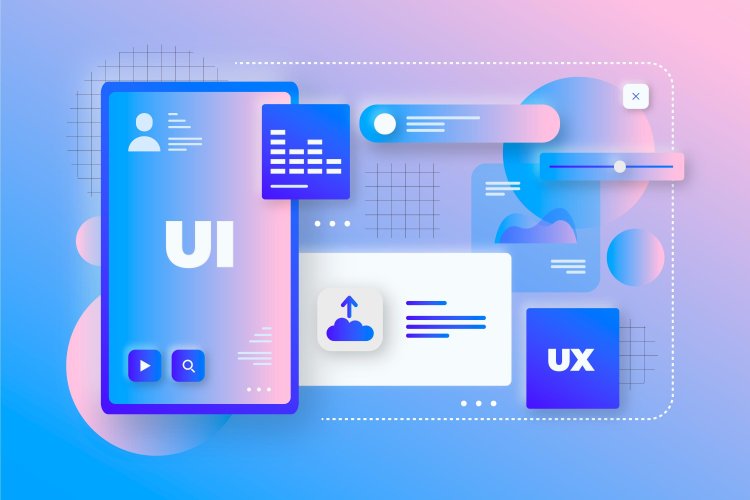The Digital Shift: How Software Development Will Change in 2025

The software development landscape is undergoing a profound transformation as we approach 2025. Rapid technological advancements and shifting market demands are redefining how applications are conceptualized, developed, and deployed. Understanding these changes is crucial for businesses and developers aiming to stay competitive in this dynamic environment.
The Integration of AI in Software Development
Artificial Intelligence (AI) is increasingly becoming a cornerstone in software development. Tools like GitHub Copilot are automating portions of code development, leading to significant efficiency gains. These AI-driven tools are designed to supplement rather than replace human coders, allowing developers to focus on higher-level problem-solving and strategic planning. This shift is altering team dynamics and expectations, emphasizing the need for critical thinking and communication skills among developers. WSJ
The Rise of Low-Code and No-Code Platforms
The demand for rapid application development has led to the proliferation of low-code and no-code platforms. These platforms empower users with minimal coding experience to create functional applications through intuitive interfaces. Businesses are leveraging these tools to expedite digital transformation initiatives, allowing for quicker adaptation to market changes and customer needs. This democratization of software development enables a broader range of individuals to contribute to application creation, fostering innovation and reducing time-to-market.
Expansion of Edge Computing
With the exponential growth of Internet of Things (IoT) devices, edge computing is gaining prominence. Processing data closer to its source reduces latency and bandwidth usage, which is critical for applications requiring real-time responses. Developers are now focusing on creating solutions that can operate efficiently in decentralized environments, enhancing performance and user experience. This shift necessitates a reevaluation of traditional cloud-centric architectures to accommodate the unique challenges and opportunities presented by edge computing.
Cloud-Native Development Becomes Standard
Cloud-native architectures are becoming the norm as organizations seek scalability and resilience in their applications. Utilizing microservices and containerization allows for more flexible and maintainable systems. This approach facilitates continuous integration and deployment, enabling teams to deliver updates and new features more rapidly. The emphasis on cloud-native development reflects a broader industry trend towards modular, scalable, and resilient application design.Custom Software Development USA+1Gartner+1
Enhanced Focus on Cybersecurity
As software systems become more complex and integrated, the importance of robust cybersecurity measures has never been greater. Developers are prioritizing security by design, embedding protective measures throughout the development lifecycle. This proactive approach aims to mitigate vulnerabilities and safeguard sensitive data against increasingly sophisticated cyber threats. Emphasizing cybersecurity from the outset ensures that applications are resilient against potential attacks and comply with evolving regulatory requirements.
The Emergence of 'Vibe Coding'
A novel approach known as 'vibe coding' is gaining traction within the developer community. Coined by computer scientist Andrej Karpathy, this technique involves using AI to generate code based on natural language descriptions. While it allows for rapid prototyping and development, it also raises questions about code comprehension and quality assurance. Developers must balance the efficiency gains of AI-assisted coding with the need to maintain a deep understanding of their codebases. Wikipedia
The Role of Android App Development in the USA
In the United States, the demand for mobile applications continues to surge, particularly for Android platforms. Businesses are increasingly seeking the expertise of an android app development USA to create customized solutions that cater to a diverse user base. These companies are at the forefront of adopting emerging trends such as AI integration, 5G technology, and enhanced security measures to deliver innovative and user-friendly applications.appsrhino.com
The Impact of 5G Technology
The rollout of 5G networks is set to revolutionize mobile app development by providing faster data speeds and lower latency. This advancement enables more complex and data-intensive applications, such as augmented reality (AR) and virtual reality (VR) experiences, to function seamlessly on mobile devices. Developers are exploring new possibilities that leverage 5G capabilities to enhance user engagement and open up novel use cases across various industries.
Cross-Platform Development Gains Traction
To reach a broader audience and optimize development resources, businesses are increasingly adopting cross-platform development frameworks. These tools allow developers to write a single codebase that can be deployed across multiple platforms, reducing time-to-market and maintenance costs. This approach ensures consistent user experiences across different devices and operating systems, enhancing customer satisfaction and engagement.
Emphasis on User Experience (UX) Design
As the market becomes more saturated, providing an exceptional user experience has become a key differentiator for applications. Developers and designers are focusing on creating intuitive, accessible, and engaging interfaces that meet the evolving expectations of users. Incorporating user feedback into the development process ensures that applications are aligned with user needs and preferences, leading to higher adoption and retention rates.
Sustainability in Software Development
Environmental considerations are increasingly influencing software development practices. Developers are adopting green coding techniques to create energy-efficient applications that minimize carbon footprints. This trend reflects a broader commitment within the tech industry to promote sustainability and address the environmental impact of digital technologies.
Conclusion
The digital shift in software development as we approach 2025 is characterized by the integration of advanced technologies, evolving methodologies, and a heightened focus on user-centric design. For businesses and developers, staying informed and adaptable is essential to navigate this dynamic landscape successfully. Embracing these changes will not only enhance operational efficiency but also drive innovation and create more engaging and secure user experiences.
What's Your Reaction?
















.jpg)